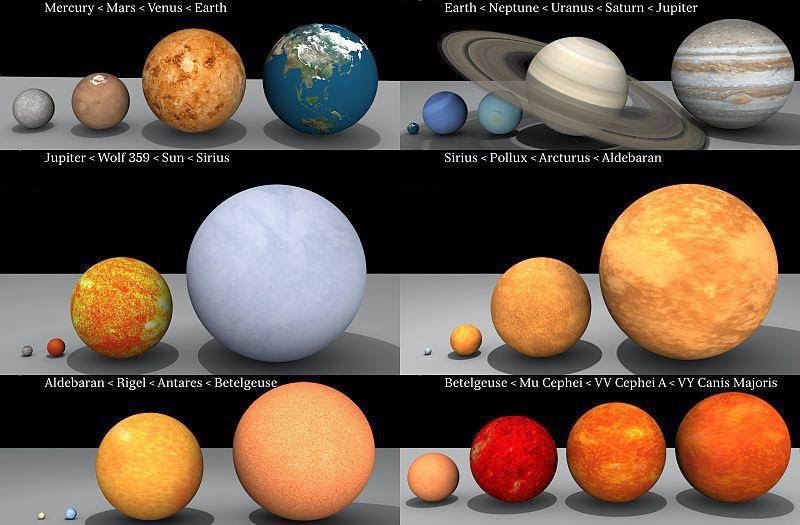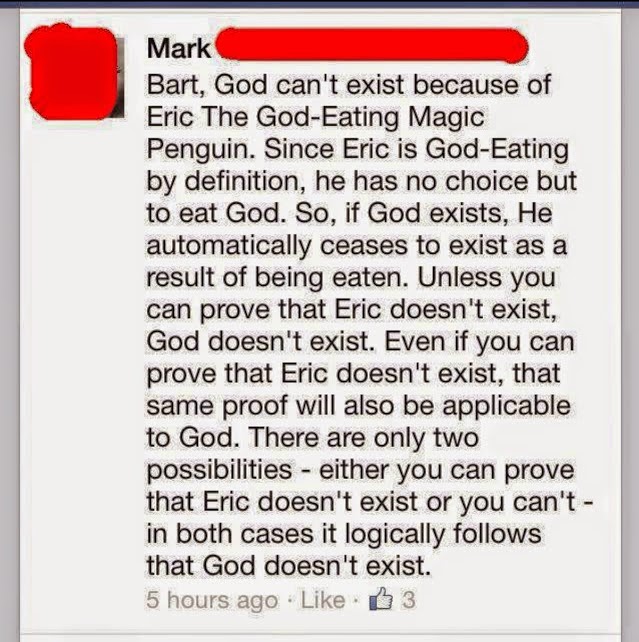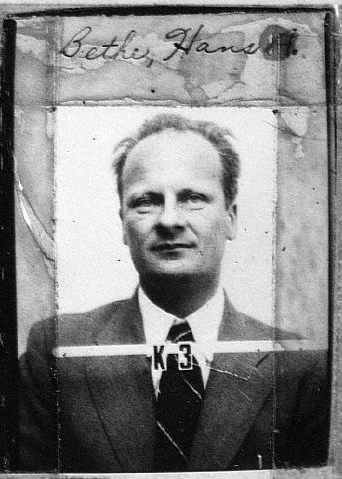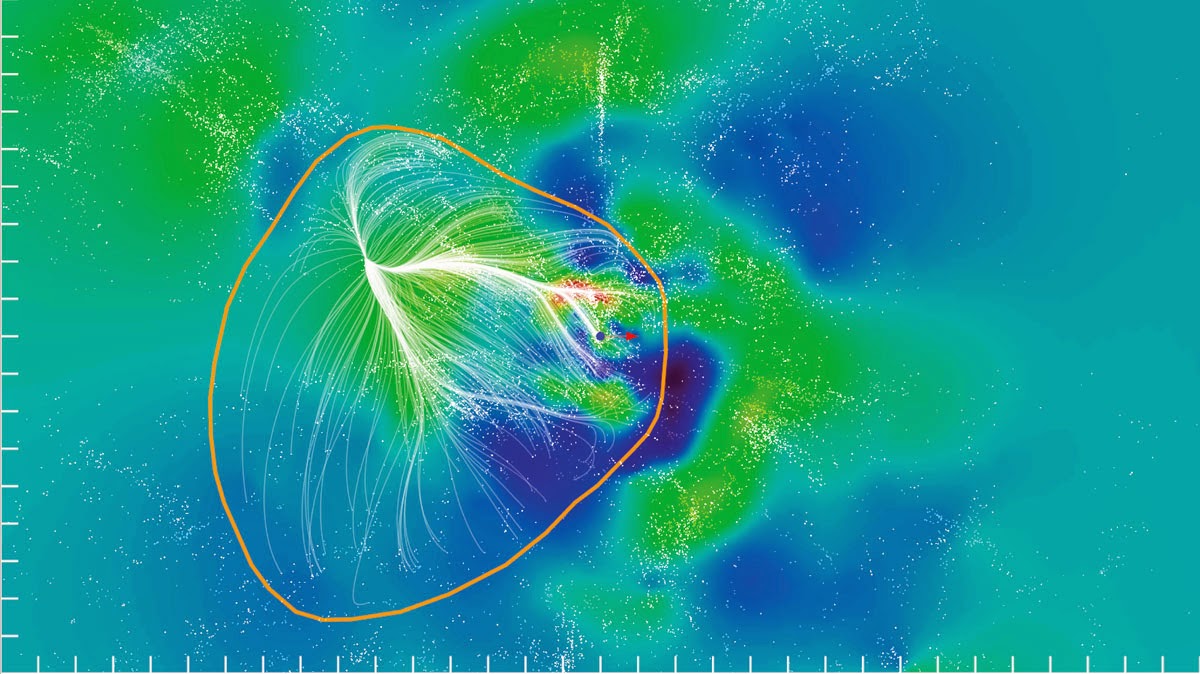
Originally shared by Adil Berkay Temiz

Originally shared by Adil Berkay Temiz

Originally shared by Godless
All praise Eric.

Originally shared by Kevin Clift
Retirement Quantum Theory
At the age of 93 himself, and about five years before his death in 2005, the Nobel prize-winning Physicist Hans Bethe presented three lectures on Quantum Theory to the residents of the Kendal of Ithaca retirement home near his own Cornell University. In these lectures he deliberately chose to minimize the Maths and focus instead on the human and historical perspectives of the development of Quantum Theory, including anecdotes recalling Bohr, Born, de Broglie, Dirac, Heisenberg and Schrödinger.
The lectures with accompanying slides and an introduction and appreciation have been provided online by Cornell. Click on the pictures to read a brief summary of each video or stream it directly.
Formalized during a burst of intellectual activity during the 1920s, quantum theory had immediate success explaining experimental results in atomic and nuclear physics. However, physicists were aware that much work remained to clarify the conceptual foundations of the theory.
Videos Here: http://bethe.cornell.edu/index.html
Obituary: https://www.theguardian.com/news/2005/mar/08/guardianobituaries.nuclear
Image: https://en.wikipedia.org/wiki/File:Hans_Bethe_ID_badge.png
Originally shared by Trey Ratcliff
Here’s a free 40 minute video that shows a little bit about how I do whatever I do! Hehe…. the full version is avail at http://www.stuckincustoms.com/complete-hdr-tutorial/
Originally shared by Yonatan Zunger
For those of you who somehow didn’t find 2048 distracting enough, here’s an infinite version where you build up notes along the circle of fifths. It plays the notes as you match them, which is strangely soothing and hypnotic, even when it’s somewhat discordant. The infinity is handled by simply trying to get as many cycles around the circle as you can.
A warning: new tiles are only generated from within the five notes prior to the highest note you have on the board. This means that when you open up a new note, any notes you have from the “oldest” note you still have on the board can easily be stranded: no new tiles will show up which match them. This definitely adds some challenge.
h/t Brooks Moses.

Originally shared by Nick de Vera
Kinesin motor protein pulling vesicle along cytoskeletal filament. Source: http://www.artofthecell.com/blog

Originally shared by The Linux Foundation
How to set up and control a robotic arm from the BeagleBone Black – http://www.linux.com/learn/tutorials/787504-robotic-arm-control-from-the-beaglebone-black
Originally shared by Xah Lee
#linux: the most powerful shell command. Master it. find, xargs. Here’s some commen patterns:
# show just files ending with .html
find . -name “*.html”
# larger than 9 Mega bytes
find . -size +900000c
# delete all files whose name ends with ~.
find . -name “*~” -exec rm {} \;
# delete all empty files
find . -type f -empty -exec rm {} \;
# delete empty dirs
find . -depth -empty -type d -exec rmdir {} \;
# file status changed in last 60 min
find . -cmin -60
# file content modified in last 60 min
find . -mmin -60
for more, using xargs examples, see
http://xahlee.info/linux/linux_shell_find_example.html

Originally shared by Astronomy Picture of the Day (APoD)
Laniakea: Our Home Supercluster of Galaxies
Image Credit: R. Brent Tully (U. Hawaii) et al., SDvision, DP, CEA/Saclay
http://apod.nasa.gov/apod/ap140910.html
It is not only one of the largest structures known — it is our home. The just-identified Laniakea Supercluster of galaxies contains thousands of galaxies that includes our Milky Way Galaxy, the Local Group of galaxies, and the entire nearby Virgo Cluster of Galaxies. The colossal supercluster is shown in the above computer-generated visualization, where green areas are rich with white-dot galaxies and white lines indicate motion towards the supercluster center. An outline of Laniakea is given in orange, while the blue dot shows our location. Outside the orange line, galaxies flow into other galatic concentrations. The Laniakea Supercluster spans about 500 million light years and contains about 100,000 times the mass of our Milky Way Galaxy. The discoverers of Laniakea gave it a name that means “immense heaven” in Hawaiian.